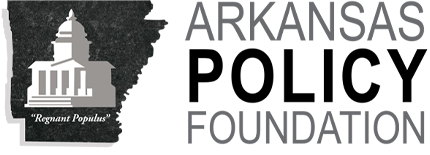(June 8, 2020) The National Bureau of Economic Research (NBER), the official arbiter of the U.S. business cycle announced today that the economy entered a recession in February, according to a release from the Cambridge,MA., nonprofit.
The Policy Foundation announced last month that a recession began in February based on peaks in four coincident indicators including payroll employment.
The NBER Business Cycle Dating Committee’s decision “marks the end of the expansion that began in June 2009 … The expansion lasted 128 months, the longest in the history of U.S. business cycles dating back to 1854. The previous record was held by the business expansion that lasted for 120 months from March 1991 to March 2001,” the release states.
The NBER, founded in 1920, defines a recession as “a significant decline in economic activity spread across the economy, normally visible in production, employment, and other indicators.”
A recession begins when the economy reaches a peak of economic activity and ends when the economy reaches its trough. Between trough and peak, the economy is in an expansion, the group notes.
Payroll Employment’s Importance
The NBER panel “normally views the payroll employment measure, which is based on a large survey of employers, as the most reliable comprehensive estimate of employment. This (BLS) series reached a clear peak in February … the committee also considered … (the BLS’s) household survey, which excludes individuals who are paid but on furlough. This series plateaued from December 2019 through February 2020, and then fell steeply from February to March,” the release noted.
Another coincident indicator–real personal income less transfer payments–also peaked in February, the panel concluded.
The February peak in payroll employment was important to the panel’s decision. Likewise, a trough in payrollemployment will provide early evidence the recession is ending and a new expansion is underway.
— Greg Kaza









